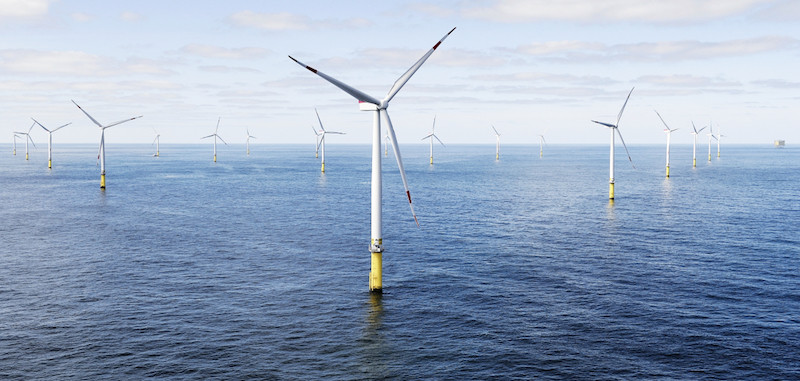The offshore wind industry ran into a wall of reality last week. The leading offshore wind developer acknowledged the changed economic landscape, forcing them to scale back plans. More dead whales washed ashore, and the agency responsible for their protection says it can’t investigate. But an investigative arm of the U.S. government announced it would examine the issue.
Government agencies overseeing offshore wind regulation were sued by a New Jersey county over its approval process for an offshore project. And finally, a leading wind turbine manufacturer suffered a huge hit to its business and finances when it announced serious technical problems with its wind turbines. Otherwise, how was the play, Mrs. Lincoln?
Ørsted, the Danish offshore wind developer, recently held its annual Capital Markets Day with analysts and investors and told them it was unprofitable in the U.S. market and needed to adjust. The company is redesigning and shrinking certain projects, abandoning others, and pushing to terminate power purchase agreements so they can rebid projects in new sales hoping to obtain higher prices to offset the explosion in component, labor, and capital costs. Despite this dreary news, including a scaled-back 2030 installed wind capacity goal, the company raised profit projections. That is not surprising as it dumps money losing projects.
Ørsted CEO Mads Nipper also highlighted the importance of government subsidies for project profitability. Under the Inflation Reduction Act of 2022, investment tax credits for offshore wind projects were restructured with a large portion now going to the host states. Nipper announced that its Maryland project would proceed because the state enacted legislation sending its 80% share of the tax credits to the company. These credits can be sold to others, turning them into cash for Ørsted and boosting its profits.
The start of Vineyard Wind’s wind turbine foundation installation activity coincided with two dead whales washing ashore on Martha’s Vineyard spurring questions about a possible linkage. Because the whales remained in the surf, officials planned a limited inspection and said they abandoned any investigation because of the difficulty of conducting it.
However, in New Jersey, where numerous dead whales have washed ashore this spring, a congressman has persuaded the U.S. General Accountability Office to investigate. The agency said it would “review matters relating to the potential impacts of offshore wind energy development” along the Atlantic Coast from Maine to New Jersey. Such an investigation comes despite senior officials of the National Oceanic and Atmospheric Administration and the Bureau of Ocean Energy Management stating there was no linkage. However, NOAA researchers have written that they do not fully understand how underwater noise can influence whale behavior, sending them into shipping lanes where they are struck by vessels.
Siemens Gamesa, one of the leading manufacturers of wind turbines, shocked the financial world when it announced it may need to spend over €1 billion ($1.1 billion US) fixing technical faults in installed turbines. Management also withdrew its financial guidance for 2023 and its share price fell 30%. Wind turbine manufacturer profitability struggles continue, with Siemens being the latest. This struggle may continue if wind energy’s economic problems slow activity.
Optimists say these issues are only temporary and developers and regulators will find solutions. Opponents of the offshore wind rush are hopeful that safety issues will receive greater consideration. There is room for offshore wind in our national energy portfolio, but 5,000 to 7,000 wind turbines lining the Atlantic Coast may be a mistake.




